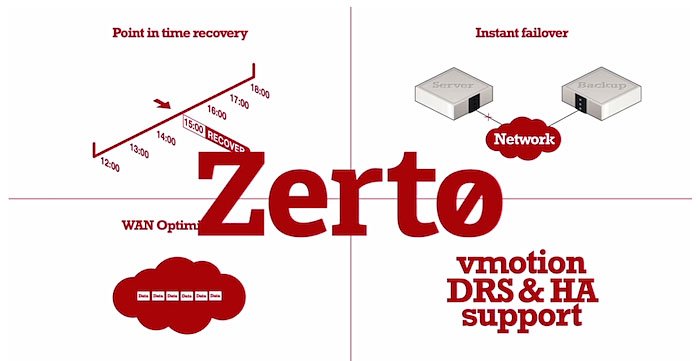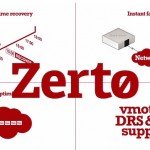
Cloud and virtualized data recovery company Zerto announced that it surpassed 2014 targets, recording 140 percent revenue growth while doubling its customer base to 800 customers in 38 countries.
To support this international growth, the company opened multiple new offices including offices in the United Kingdom and in Australia.
Zerto also increased its partner base to 500 worldwide channel partners and 170 cloud service providers.
In 2014, the company also reached the following milestones:
- Closed a $26 million round of Series D financing. New investor Harmony Partners led the financing, with participation by all current investors, which include Battery Ventures, Greylock IL (now 83North), RTP Ventures and U.S. Venture Partners.
- Introduced offsite backup capabilities, as part of Zerto Virtual Replication 3.5, a new model of data protection combining replication, continuous data protection (CDP) and long-term retention at the target site.
- Announced Zerto Virtual Replication for Amazon Web Services (AWS) and Microsoft Hyper-V, bringing the same level of enterprise-class data protection to customers regardless of their underlying infrastructure. Some additional features of Zerto Virtual Replication for AWS and Hyper-V include:
- Hypervisor agnostic replication – including from VMware vSphere to Microsoft Hyper-V and from VMware vSphere to AWS
- No snapshots – Zerto Virtual Replication uses continuous data protection to minimize impact on the production environment
- Automated orchestration of disaster recovery processes for application consistency
- Simple management interface for KPIs and reporting on DR failovers and tests
- Increased the number of channel partners in the Zerto Alliance Partner Program – which enables companies to implement this powerful approach to BC/DR – by more than 83 percent to 500.
- Launched online partner training empowering more than 1,250 channel partner training certifications earned; 810 technical, 440 sales.
- Launched new partner portal.
- Grew the channel team at Zerto to include Channel Account Managers and Field Marketing Managers worldwide helping to support the growing channel ecosystem.
- Expanded the Zerto Cloud Ecosystem to 170 cloud providers who are revolutionizing DR by using Zerto Virtual Replication to power their cloud DR offerings.
- Expanded its customer base across new verticals including finance, healthcare, manufacturing and oil and gas.
In 2015, the company is planning to focus on improving IT service continuity by supporting the ability for enterprises to move application workloads successfully between any hypervisor, cloud or storage environment.




